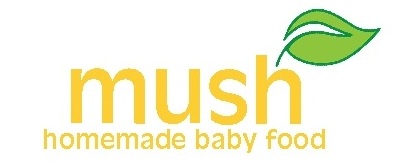 Image by Getty Images via @daylife
Image by Getty Images via @daylifeEating produce without pesticides may reduce your risk of getting cancer and other diseases. And according to the Environmental Working Group, avoiding fruits and veggies containing pesticides or choosing certain organic produce can reduce the amount of toxins you consume on a daily basis by as much as 80%.
Check out the lists below:
The Dirty Dozen
- Peaches- 96.7% of samples tested positive for pesticides, 87% for multiple pesticides
- Apples- 94.1% tested positive, 82.3% for multiple pesticides
- Sweet Bell Peppers- 81.5% tested positive, 62.2% for multiple pesticides
- Celery- 94.1% tested positive, 79.8% for multiple pesticides
- Nectarines- 97.3% tested positive, 85.3% for multiple pesticides
- Strawberries
- Cherries
- Kale- 53.1% for multiple pesticides
- Lettuce
- Imported Grapes
- Carrots- 82.3% tested positive
- Pears
The Clean Fifteen
- Onions- no detectable residues on 90% or more of samples, zero samples positive for multiple pesticides
- Avocado- less than 10% tested positive, less than 1% for multiple pesticides
- Frozen Sweet Corn- no detectable residues on 90% or more of samples, zero samples positive for multiple pesticides
- Pineapples- less than 10% tested positive, less than 1% for multiple pesticides
- Mango- less than 10% tested positive, less than 1% for multiple pesticides
- Asparagus- no detectable residues on 90% or more of samples
- Frozen Sweet Peas- 77.1% had no detectable pesticides
- Kiwi
- Cabbage- 82.1% had no detectable pesticides
- Eggplant- 75.4% had no detectable pesticides
- Papaya
- Watermelon- 28.1% tested positive, 9.5% for multiple pesticides
- Broccoli- 65.2% had no detectable pesticides
- Tomatoes- 53.1% had no detectable pesticides, 13.5% positive for multiple pesticides
- Sweet Potatoes and Grapefruit tie




